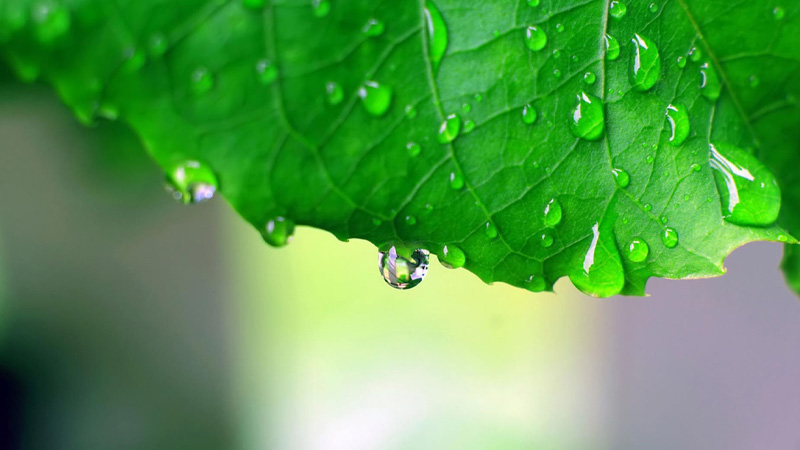Fall is, without question, the best time for planting. Now many may question this philosophy—so let’s break it down a bit further. Especially, after our recent five days of straight rain.
Moisture & Precipitation
It is a world of difference when this kind of moisture is spread out over a handful of days. If this precipitation had all come at once, many yards would be flooded, and some people would likely have some basement issues (even with measures put up to fight flooding and moisture).
No Flooding or Water Issues?
Instead, so many members in the community are not seeing any of that! Maybe your lawn or local park / walking trails have a few puddles, which will dissipate quickly. But for the most part, it leaves us wondering where is all the water going… there really has not been much flooding in local streams, creeks, lakes, or ponds. So, where is all this water going?
The Answer—Rehydrating
First off, for gardeners, this is about as perfect as it gets. as it means the soil is truly rehydrating, as opposed to most of the water simply running off. Fall vegetable gardens with lettuce and kale are loving it, we’re sure. Garden beds surrounding properties are rehydrated. All those foundation shrubs, annuals, and perennials are glowing vibrant with color. And the trees all over your landscape just had a nice long drink of water to continue growing and spreading their roots throughout the fall season.
Of course, it also means that the last month or so of lawn mowing season won’t be fun, but that’s life.
Planting—All The Details
What does all this mean for planting and why is fall best for planting? The colder weather in fall causes less stress on new plants. The soil is moist, soft, and easy to dig up. The soil temperature is perfect for allowing root systems to establish themselves in a comfortable environment before the winter and the ground freezes.
Root systems will again start to grow once the ground thaws, in spring, long before the soil can be worked by human hands and any new plants can be put in. This fall gardening head-start means early season wildflowers first-season perennials will be able to show their flowers sooner!
Weather & Water
If the hot, sweaty weather isn’t for you, try gardening in the fall! The crisp, cool air makes for an enjoyable, leisurely experience working in the garden. Cooler weather helps to eliminate evaporation. Plus, shorter days mean that photosynthesis slows down as well, meaning that your new plants require less water than if planted in the spring. This is perfect for saving water and money when planting!
Pollinators
By providing early-spring and autumn nectar supplies, you’ll be doing your part to support pollinators! This is important in protecting the human food supply as well, as we rely on pollinators for healthy harvests of fruits and vegetables to put on our own dinner tables!
Fall is for planting
Every gardener knows it. Fall is for planting. From the cooler weather and heaps of rain to fewer pests, diseases and weeds, fall has distinct planting benefits. A significant advantage during the Fall is that common garden pests and disease problems are less of a problem. Whether you are planting grasses, spring-blooming bulbs, perennials, trees or shrubs—they all will do great when planted in the fall.
For more information on fall planting, or recommendations on the best trees, shrubs, perennials, or annuals for your landscape, please stop by our garden center and speak to one of our gardening experts. Contact us online for more information in regard to plants and plant lists.
Our team wishes you all the best in fall gardening success!
Since many kids are heading back to school we thought we would share this article about the 5 best plants for your college dorm room! 🌿🏫📘
